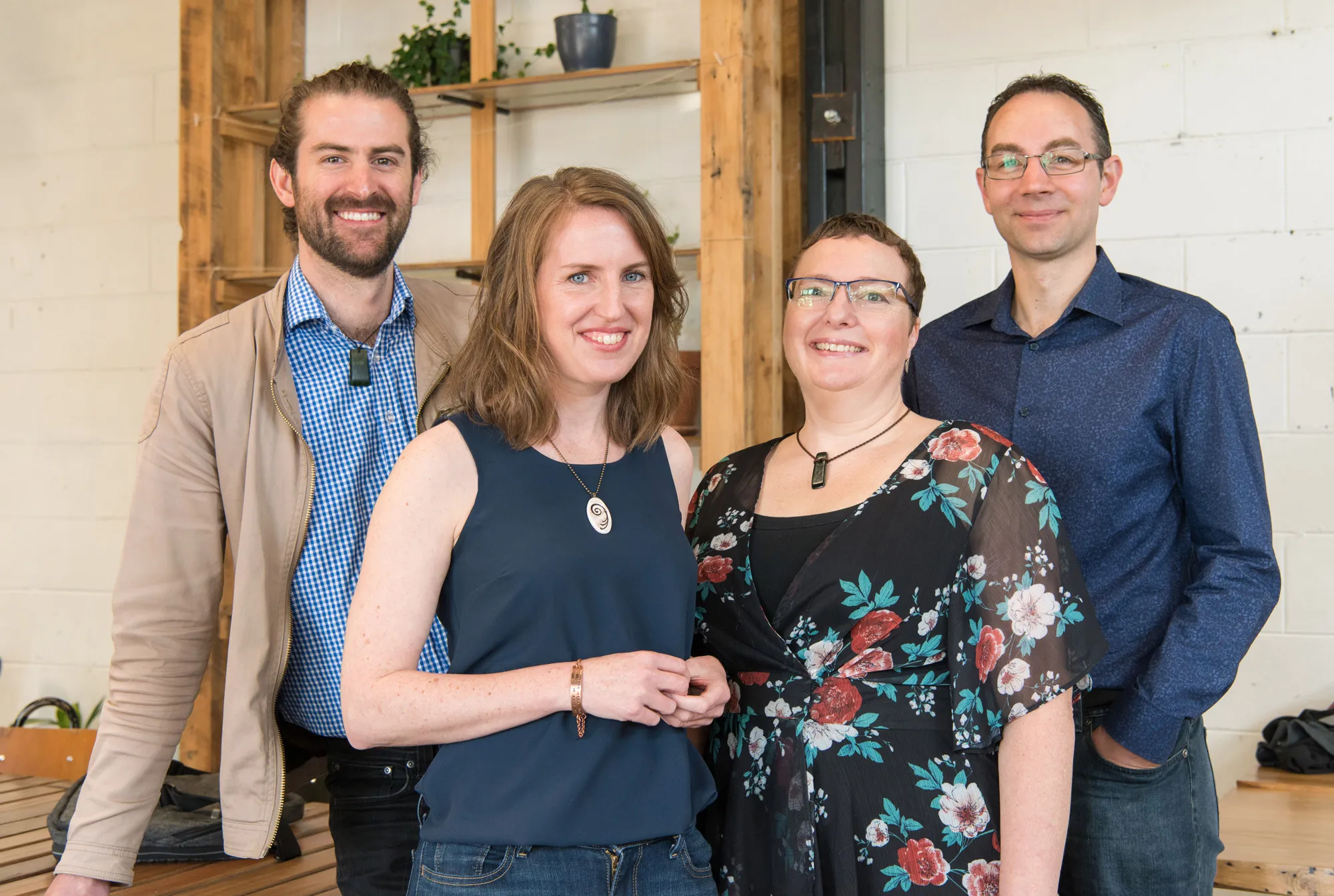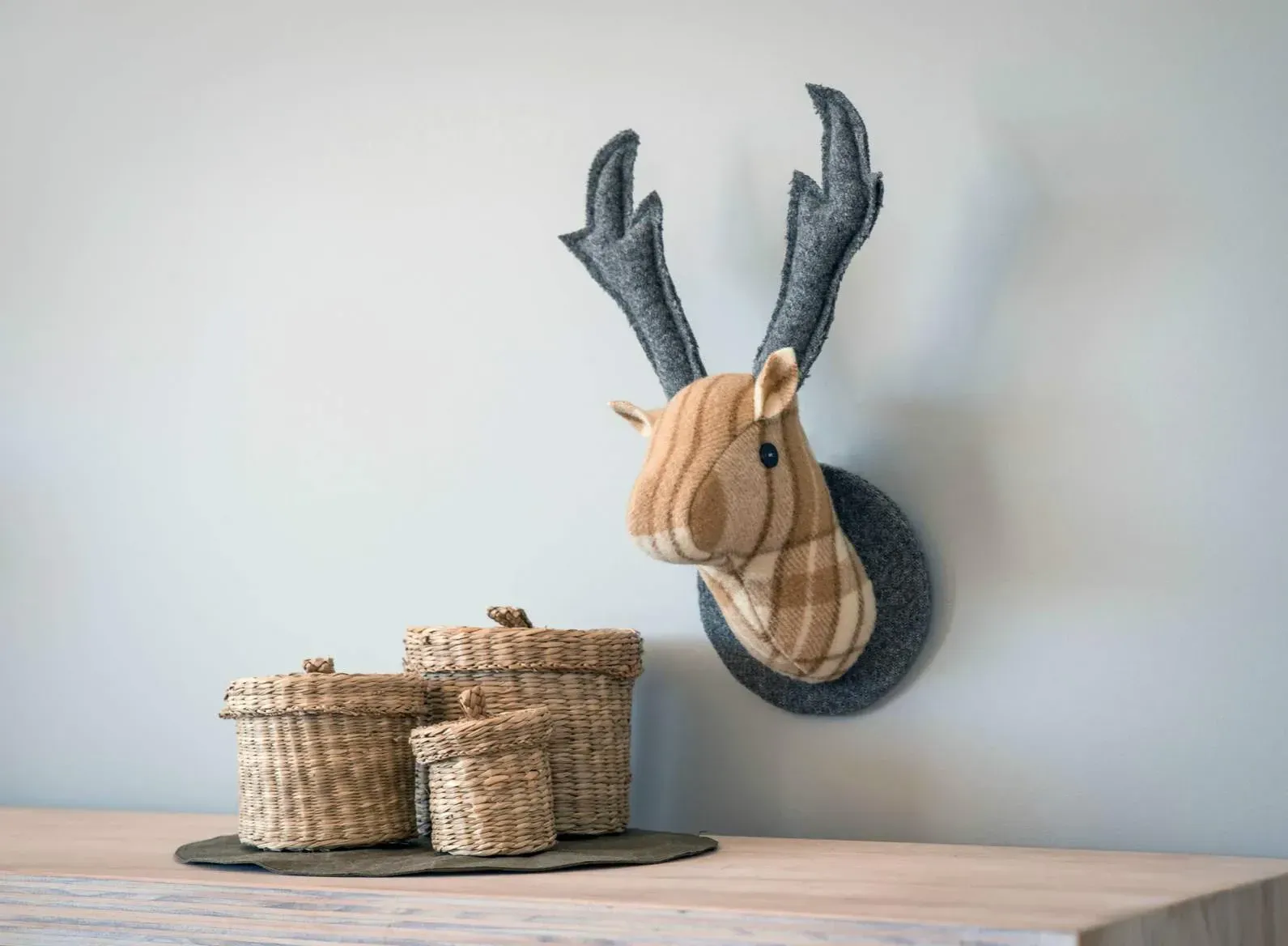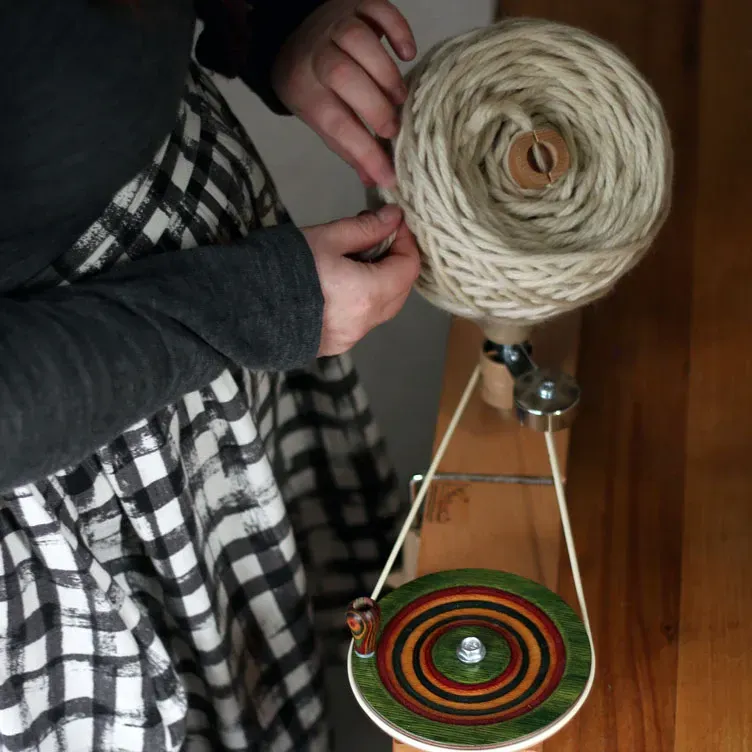Top tips for selling your work online
Written by
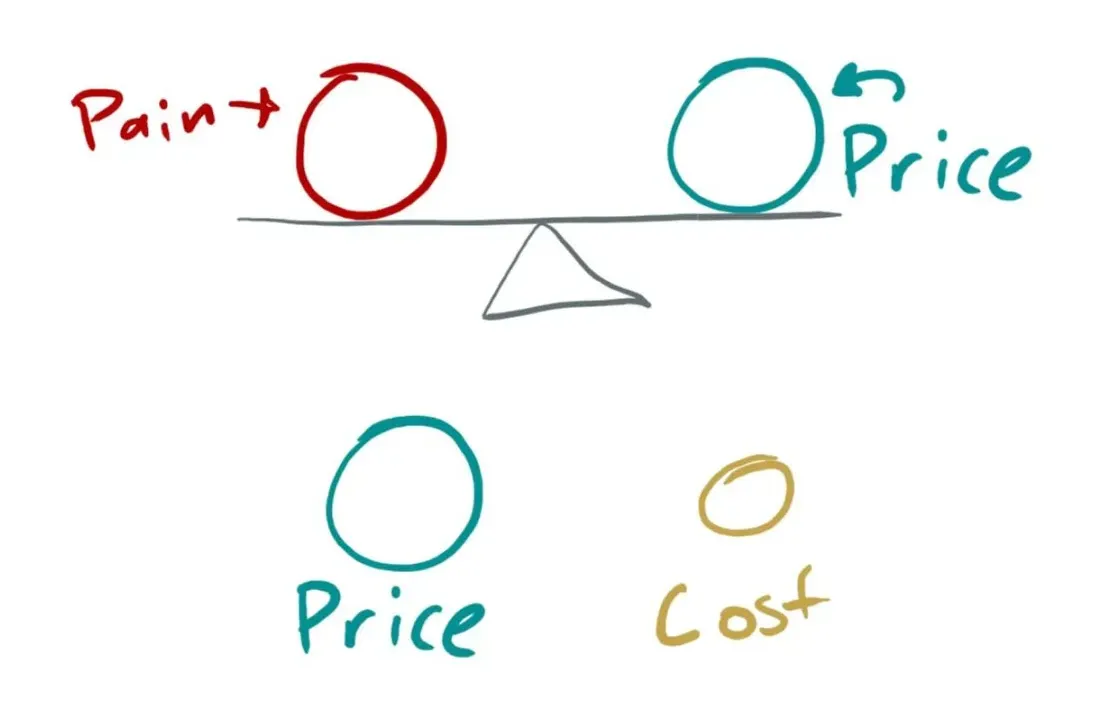
Fighting for creatives
In the wake of the report recently published by Creative NZ and NZ On Air, the outlook for making money as a creative in Aotearoa is bleak. Everyone in the arts knows of the trope of the artist holed up in a freezing garret with a lifetime supply of instant noodles, but this is the most recent recognition of the numbers in New Zealand. It’s not ‘new’ news, but for many of us, the affirmation of what we already knew is just as disheartening.
One homegrown organisation fighting for both creatives and the general public to value locally made art, goods and gifts is Felt, an online marketplace and the ‘home of good Kiwi craftsmanship’. New Zealand makers can sell their products and items on Felt, and buyers can purchase locally made, quality goods directly from the creator. I sat down with Jason Pemberton, musician and Felt’s Community and Growth Coordinator for some tips and tricks on how to actually make money as a creative.
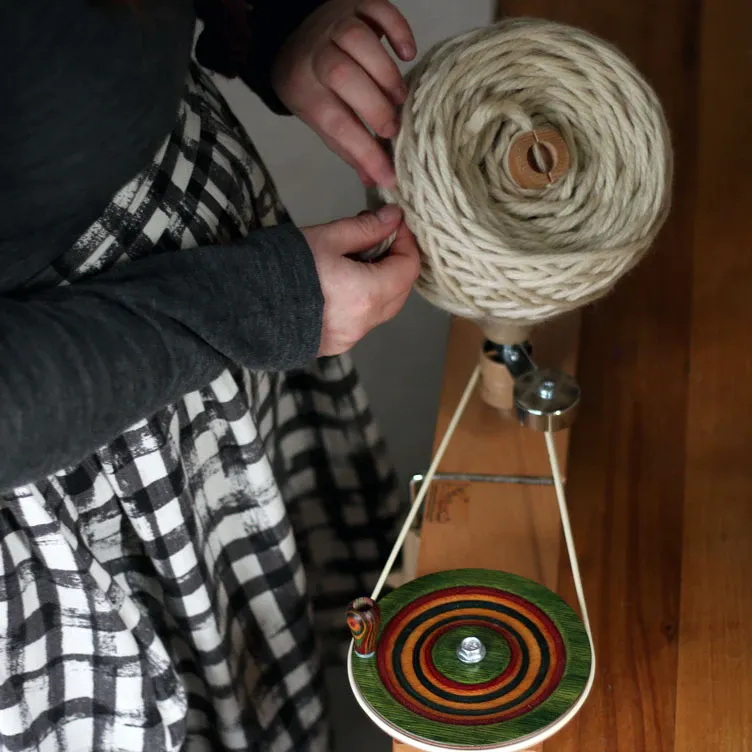
Pip Currie of littlestpipknit.felt.co.nz for Felt blog ‘Meet the Maker’
Take the leap
Maybe you’re a newer creative just starting out, or perhaps you’ve been making for years but are yet to launch into the world of online sales. How do you know when you’re ready to start? Whether you’re a hobbyist, artist, or creator by career, Jason’s advice to those sitting on the fence about selling their art online is simple; “If you’ve already made the product, it’s good enough, just get onto it.”
So go on, get onto it... But, how to start?
Get snap happy
Crafting enticing product descriptions and titles is key, but Jason let me know that the “most important thing is having good photos, so people know what they’re actually looking at.”
Once you’ve finished making your product or item, taking a plethora of photos can feel tedious. But time and time again, quality photos have proven essential when selling goods online. These are Jason’s two top tips for getting a good spread of images:
-
“We generally encourage getting a mixture of different types of photos.”
Most people who have sold or purchased items online will be familiar with a ‘flat-lay’. A birds-eye view of your goods laid on a flat surface. While these are awesome to include, Jason also recommends taking lifestyle or situation shots. If you’re selling clothing, take a picture of someone wearing the item in the situation it was made for. Or if it’s artwork, snap a shot of it hanging on the wall in a lounge. Adding these options makes it easier for the buyer to imagine how the item or product would fit into their life.
-
“Making sure that you’ve got good, clear, white light. Natural light is the best if you can.”
Technically speaking, lighting has always been one of the most important aspects of photography. You don’t need to be a pro, but getting your items into natural light for pictures can do wonders. Lighting is key.
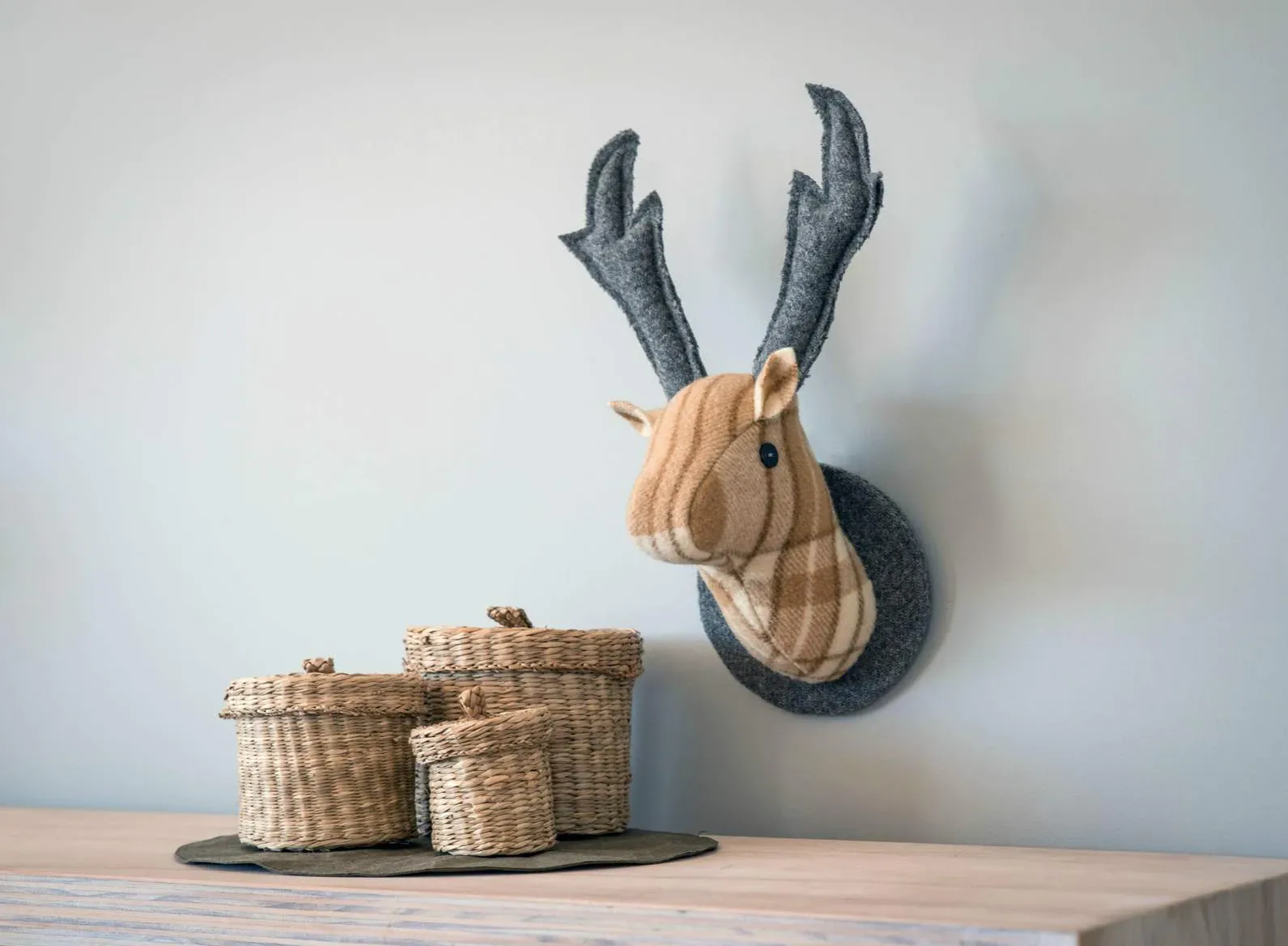
Stag wall hanging by Fully Woolly, Otago, fullywoolly.felt.co.nz
Pricing your items
Value yourself and value your work. Jason agrees that “It’s really easy to look at things we’ve made and see the imperfections, the things that don’t work.” and this can lead to makers cutting down the prices, without stopping to consider how the item might appear to someone who doesn’t possess the same creative skills.
Look around online at how similar artisan goods are priced. Then, think of your dream customer and consider the words they’d be using, the price they’d be expecting, and the value of the item to them. It may be uncomfortable at first, but pricing an artisan handcrafted dining table at the same cost of something you can grab off a shelf at a chain store is devaluing your work.
Jason pointed out that it’s also important to consider “as long as we, hobbyists or early stage makers are undervaluing our own work, we’re actually preventing full-time viable careers.”
Another way to look at pricing your items is to work out the costs that went into it. Jason spoke of a common situation he’s seen, when emerging creatives devalue their goods because they think ‘‘oh well this was some free material that I just had lying around, and it took me like 30 hours but that’s just because I was stuffing around and I’m learning and whatever, so I’ll just sell it for 50 bucks.’ But when you look at this mindset “through the lens of how to make money, you don’t make money. We’re actively subsidising ourselves.”
If you’re going to price your goods in terms of cost, rather than value, ensure you are actively sitting down and writing all of your costs, as well as an hourly rate for yourself.
Experiment with listings
This step is vital in defining what your customers look for. Doing your homework and researching how successful sellers present their listings certainly can help, but it often takes playing around with your own posts to find what works.
One way to do this is by changing the first photo for your item or product. The initial image that people see will dictate whether or not they click on a listing. Choose a ‘hero photo’, the photo that you think would work best and give it a month. If the clicks aren’t rolling in by then, swap it out for another picture and see if that yields better results.
Another tactic is to play with the listing title. The way something is described will give a buyer an expectation of what the price is, and who you are as a maker. Again, Jason recommends giving each title a month before switching it up. Measuring results do take time, but there can be vastly different results from listing a yellow t-shirt as ‘yellow organic cotton t-shirt’ which buyers may expect at a lower price point in comparison to ‘unique, hand sewn, New Zealand made t-shirt in flaxen yellow’.
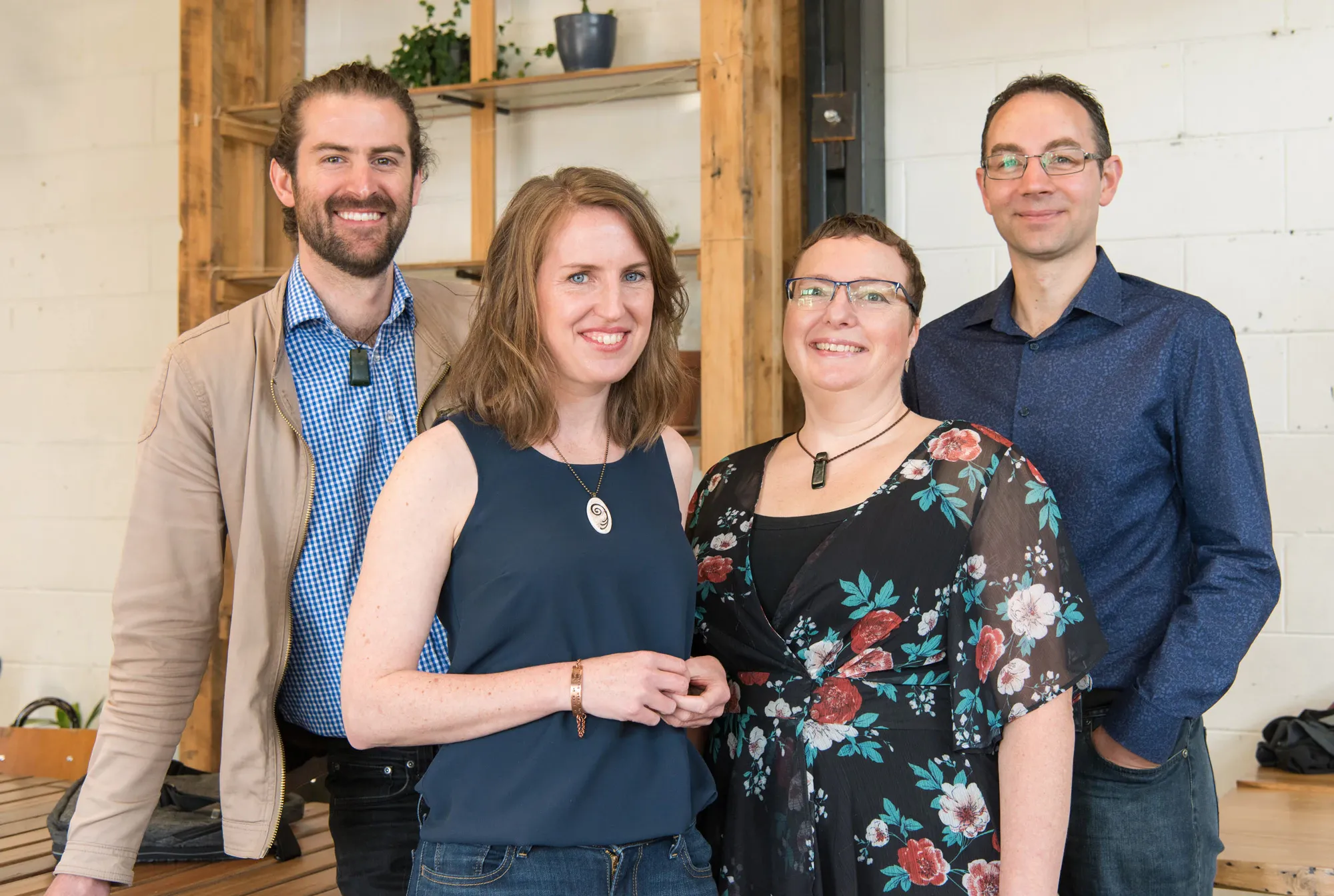
Felt team, left to right: Jason Pemberton (Community and Growth Co-ordinator), Lucy Arnold (Founder and Designer), Jo Drysdall (Customer Support Lead), Marcel Weber (Developer)
Add a personal touch
Jason’s final piece of advice is, “The personal stuff is really really important. Pre-transaction we encourage people in their listings or shop to talk about who they are and why they do what they do.”
Including details like what painting or woodworking represents for you, why you make your items or products, and the part that your practice plays in your life, can really impact potential buyers. Even better, add photos of you crafting the items in your listings. People love the intimacy of seeing your process.
At the end of the day, buyers are more likely to remember the human experience and not the product. Something as simple as writing a handwritten thank you note when you send out your item can be extremely powerful. Jason describes those sort of experiences as “the antithesis of going to a big box store and buying some $4 stuff off the shelf.”
Be patient, be open to experimenting with your listings, and be unapologetically human.
“I think increasingly that will become a really important part of not just Felt, but the way that the world operates.”
Check out what Felt are doing! You can read further advice written by Jason in his column Felt Tips, and view helpful videos for makers. To sign up to Felt, click here.
